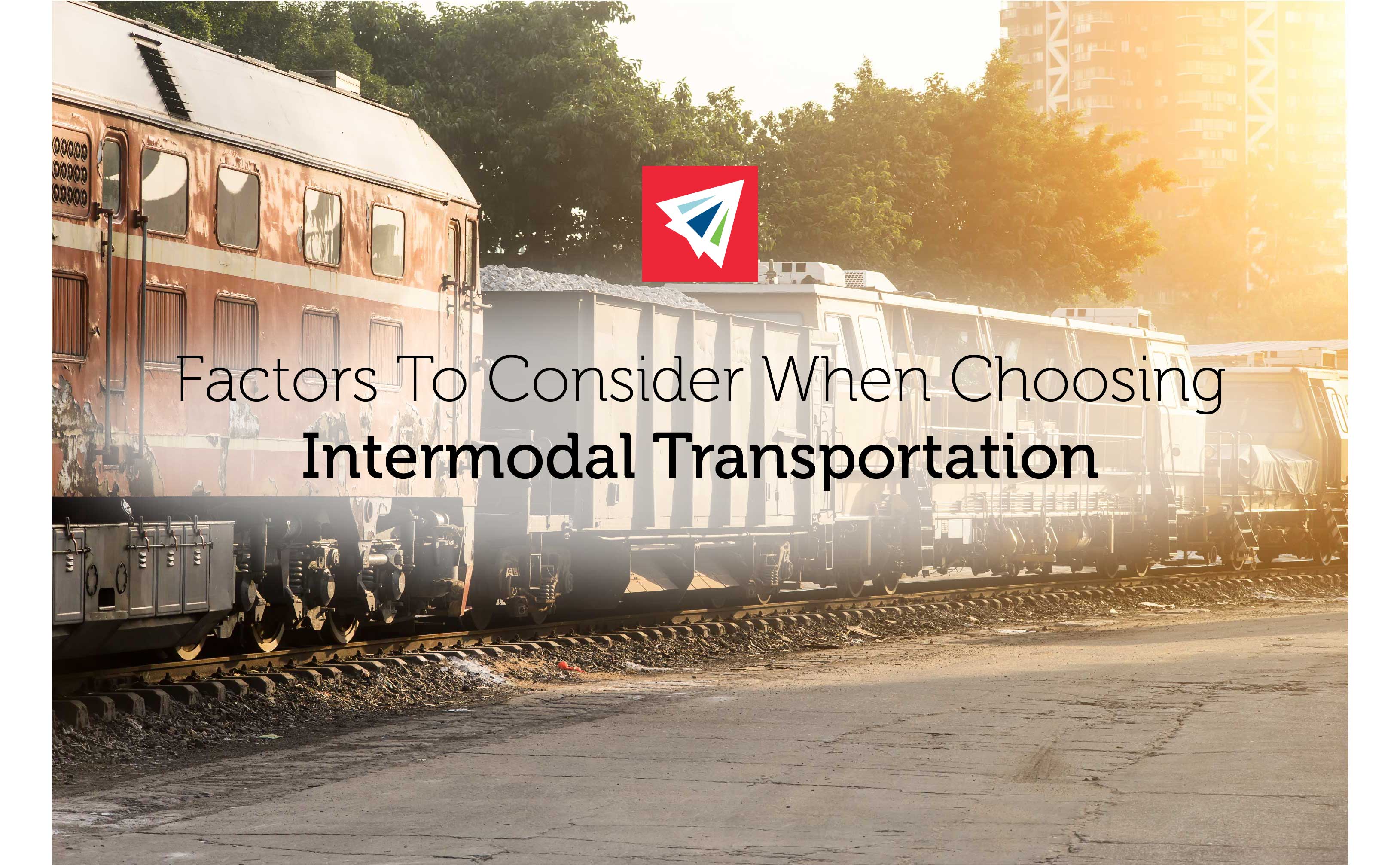Being in the shipping and logistics business, we’ve fielded a lot of questions over the years about Intermodal Transport. Is it the best, most cost-effective means of moving goods? For the most part, rail costs less than truck, especially when hauling bulk commodities, like lumber, grain, fuel, and fertilizer, over long distances. It becomes even less expensive if freight is near a rail ramp.
What to Consider When Choosing Intermodal Transport
Rail/Intermodal transport is also dependable. Rarely will weather conditions keep cargo from reaching its destination. You can pretty much trust that the goods will arrive when scheduled, which begs the question: Why would anyone choose to use any other mode of transport? Like any other shipping method, railway transport isn’t without its drawbacks. Consider the following when going this route for moving goods:
Damage to Goods
No matter the mode of transport, there’s always a risk for damage to goods. But shipping by rail often poses the most liability when compared to the other options. Cornering, braking, starting, shunting, and even passing over rail switches can dole out irregular force on freight. This can cause containers to lift off the platform and increase the likelihood of damage. This is also why it is important to make sure your cargo is insured!
Limited Accessibility
Though it should go without saying, rail service is only available along railway routes. It often takes multiple modes of transport to get cargo from point A to point B, which doesn’t just impact shipping costs. It also holds sway over the length of time it takes to move goods to their destination.
Extensive Planning
Intermodal transport has many moving parts and requires extensive planning to ensure goods reach their destination in a timely fashion. You must coordinate not just moving freight by rail but getting that freight too and from the rail. If not planned accordingly, you could be adding unnecessary expenses to a relatively affordable means of shipping.
Time in Transit
With the exception of water transport, rail is often your slowest shipping option. Let’s say, for the sake of example, it’ll take two to four days to move freight by road; it’ll probably take at least a week by rail. But what you lose in speed and flexibility, you make up for in savings.
Before deciding whether to move goods by rail, make sure to weigh the pros and cons associated with this transport. Going rail often allows you to combine the advantages of other modes of shipping to create a solution perfectly suited for your product.
If you’d like to learn more about intermodal transport, or would like to discuss shipping by rail, call, connect, or email InterlogUSA. We’re ready when you are!

4 thoughts on “Factors to Consider When Choosing Intermodal Transport”